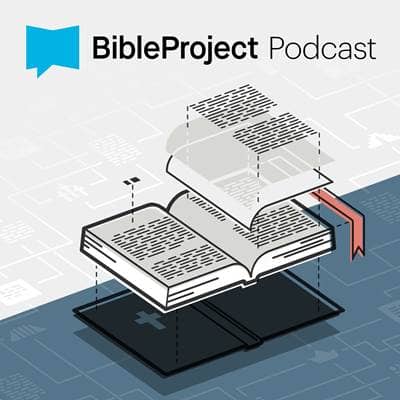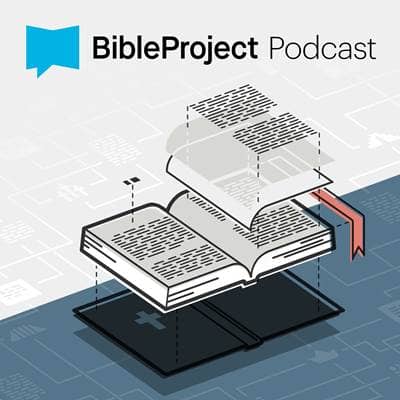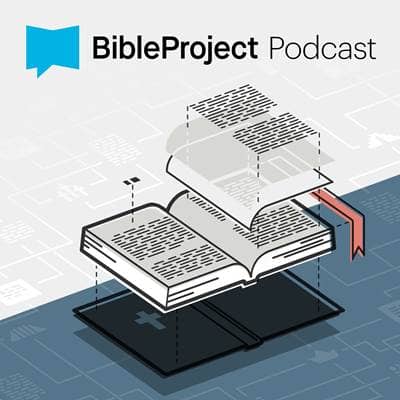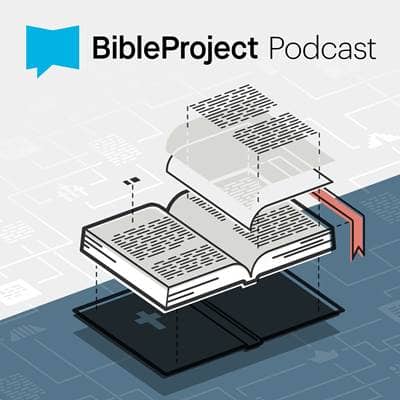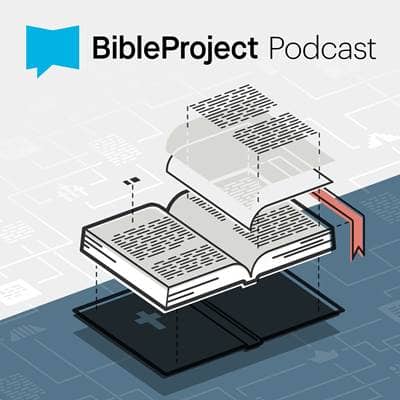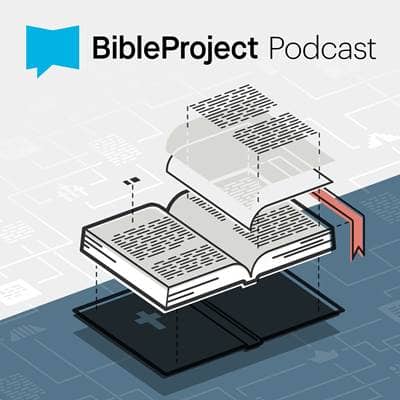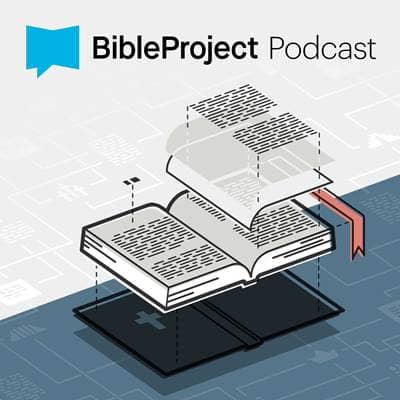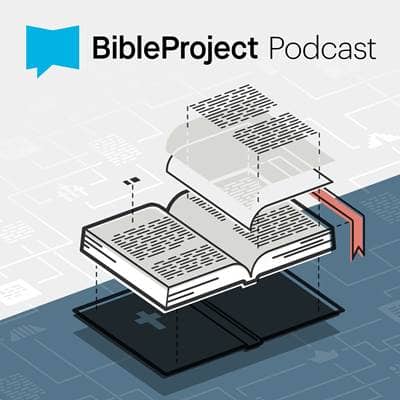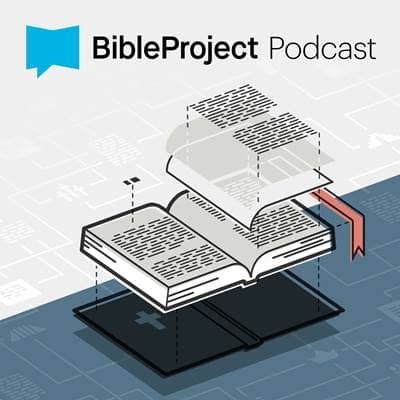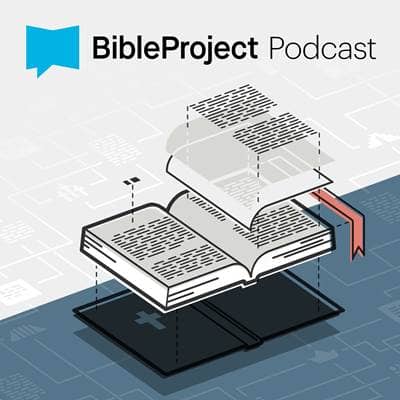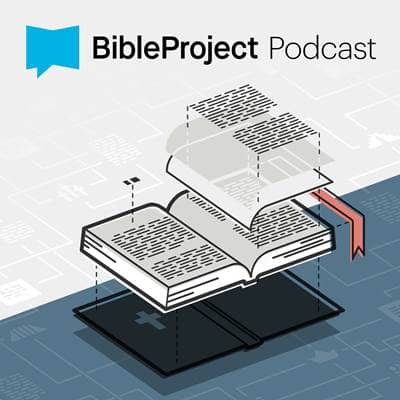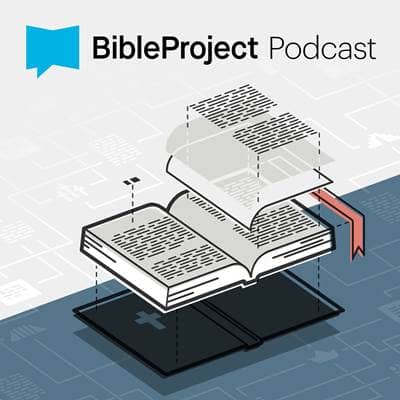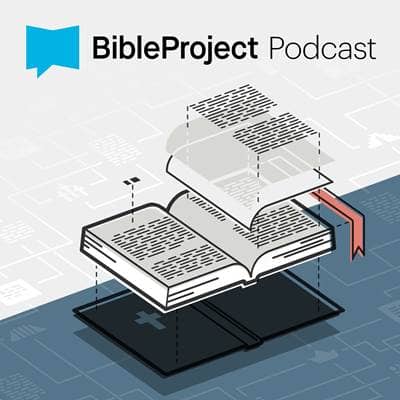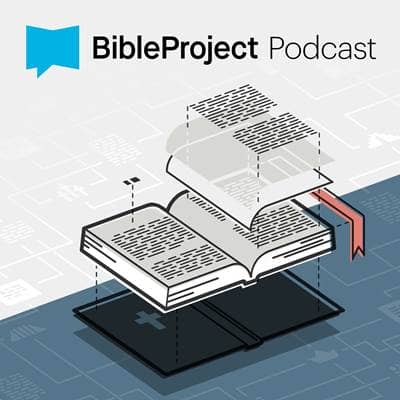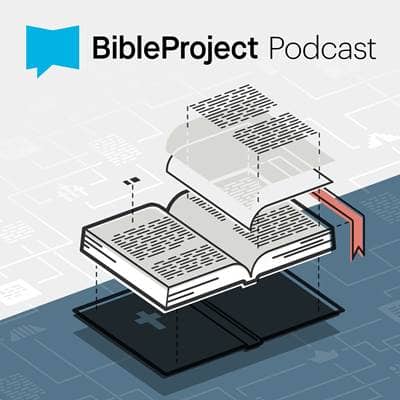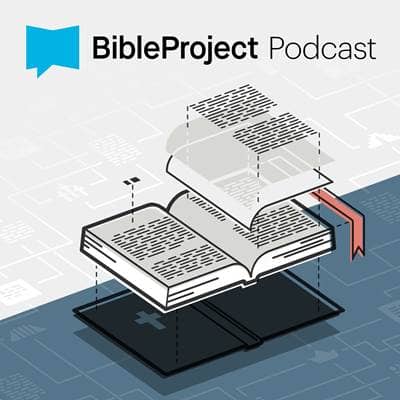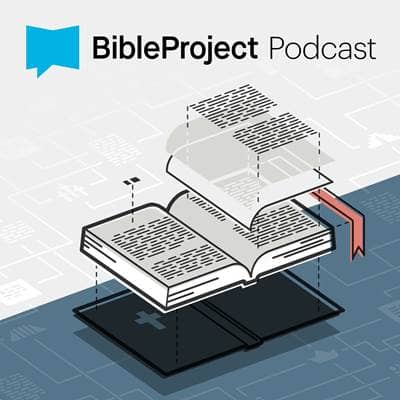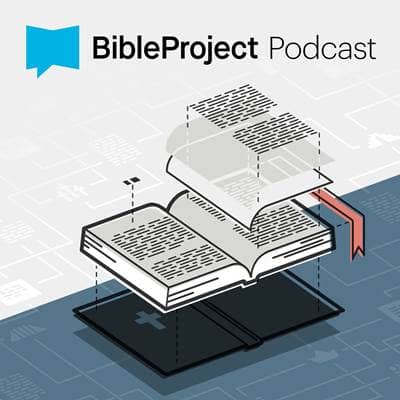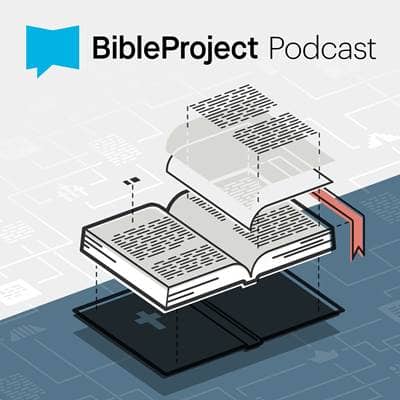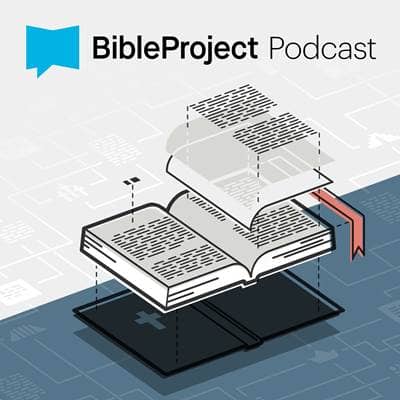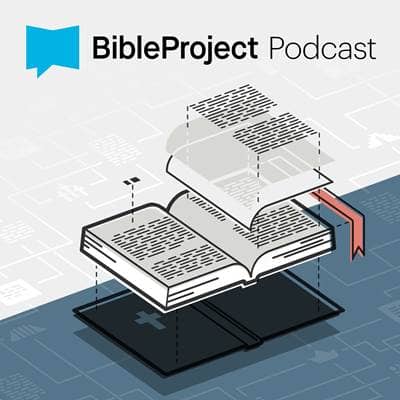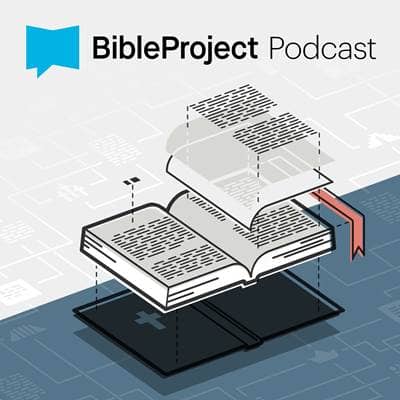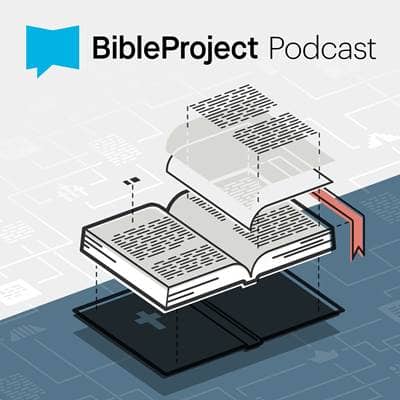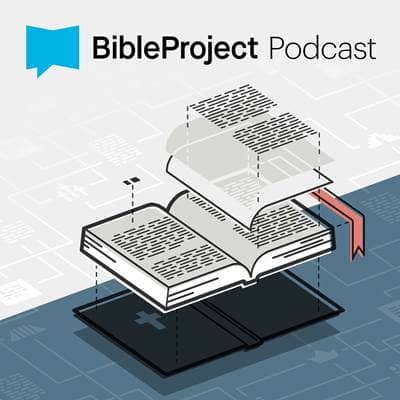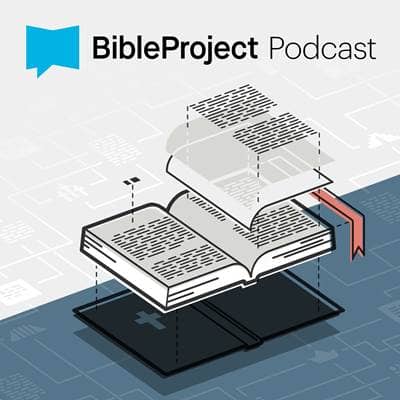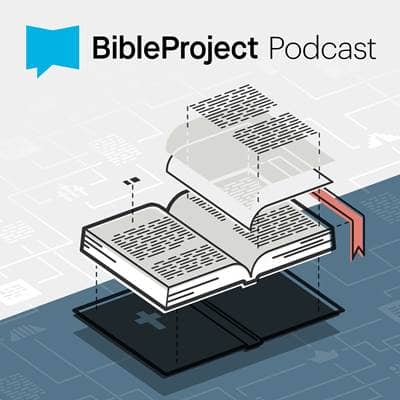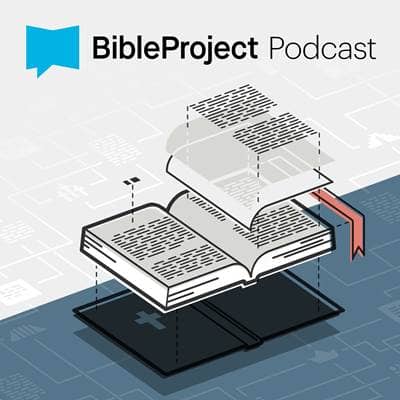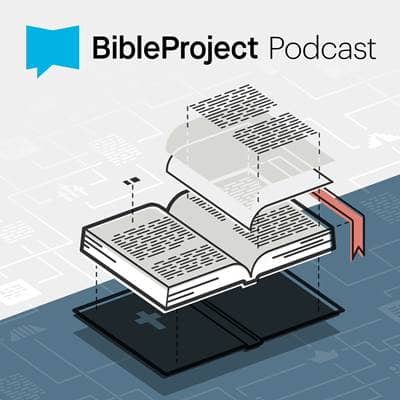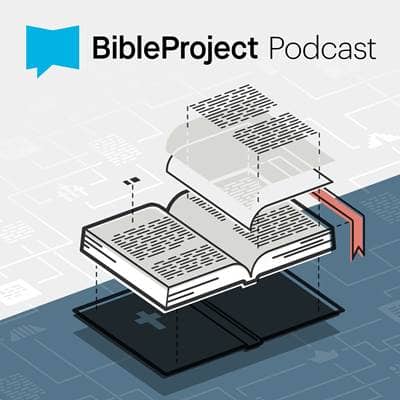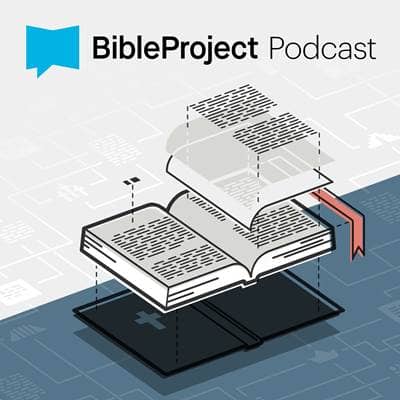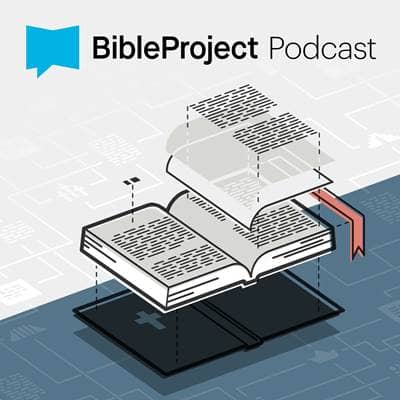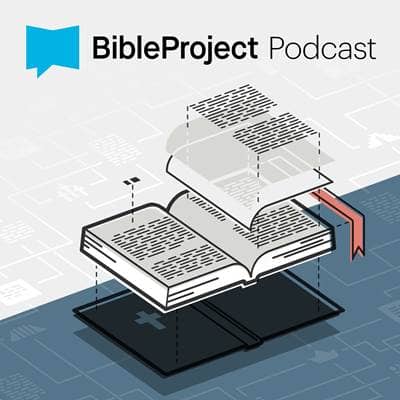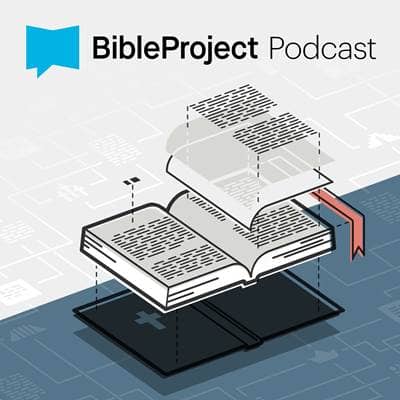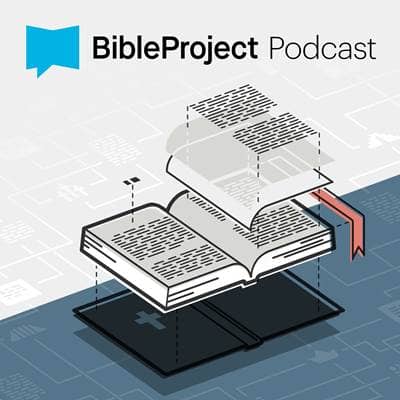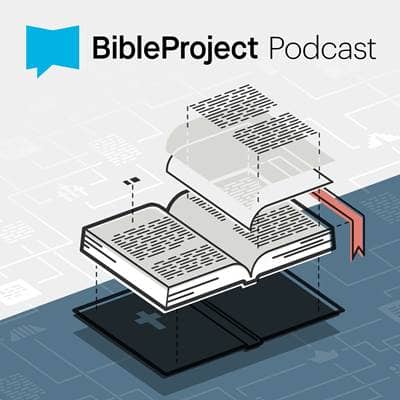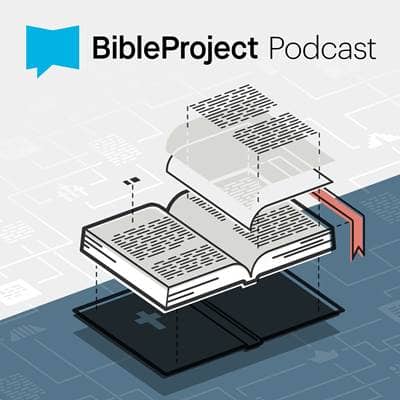- Trending:
- Pope Francis
- |
- Resurrection
- |
- Trump
- |
- Social Justice
- |
- Peace
- |
- Love

BibleProject
In part one (0:00-13:15), Tim and Jon briefly recap the series so far. Then Tim says that there are three different nuances that Jesus uses when describing himself as the Son of Man. The first nuance is Jesus calling himself the Son of Man when saying that he has divine authority. Here?s an example from Mark 2:8-12: "Immediately Jesus, aware in His spirit that they were reasoning that way within themselves, said to them, ?Why are you reasoning about these things in your hearts? ?Which is easier, to say to the paralytic, ?Your sins are forgiven?; or to say, ?Get up, and pick up your pallet and walk?? ?But so that you may know that the Son of Man has authority on earth to forgive sins??He said to the paralytic, ?I say to you, get up, pick up your pallet and go home.? And he got up and immediately picked up the pallet and went out in the sight of everyone, so that they were all amazed and were glorifying God, saying, ?We have never seen anything like this.? Tim says that when Jesus says, ?The son of man has authority on earth,? it is recalling Adam/humanity's forfeited authority over the land/earth in Genesis 1. In the story, Jesus steps in as an Adam figure and also a high priest figure. The major part of the priests' job is to intercede for sinners and offer sacrifices of atonement for them. Jesus picks up the Adam-priest mantle in this story. Tim quotes from scholar Joel Marcus: ?Adam was created to be the terrestrial representative of the heavenly king, to rule on earth as God rules in heaven? Jesus here emphasizes that his authority to forgive sin on earth derives its ultimate authority from God?s prerogative to forgive sins in heaven? The first Adam is associated with both royal rule and with sin and death, and so here Jesus is portrayed as the royal human who has power over both sin and death.? -- Joel Marcus, Son of Man as Son of Adam, 372-373. In part two (13:15-26:30), the guys dive into another example from Mark 2:23-28: "And it happened that He was passing through the grainfields on the Sabbath, and His disciples began to make their way along while picking the heads of grain. The Pharisees were saying to Him, ?Look, why are they doing what is not lawful on the Sabbath?? And He *said to them, ?Have you never read what David did when he was in need and he and his companions became hungry; how he entered the house of God in the time of Abiathar the high priest, and ate the consecrated bread, which is not lawful for anyone to eat except the priests, and he also gave it to those who were with him?? Jesus said to them, ?The Sabbath was made because of the human, and not the human because of the Sabbath. So the Son of man is Lord even of the Sabbath.? Tim observes that the Sabbath in Genesis 1 is an ideal of new creation that the first Adam never fully attained, and so it remained to be attained by a future son of man. Jesus is claiming to be that one. Tim quotes from Joel Marcus again: ?From Genesis itself, to be sure, one might get the impression that the Sabbath was not created ?because of the human,? but ?for/because of God.? God rested on the seventh day from the labor of the preceding six, and therefore hallowed the seventh day in perpetuity? However, in Jewish tradition, scholars went to great pains to make clear that God wasn?t tired...but that the purpose of the Sabbath was for humanity, to provide rest for them? A similar line of thought is found here in Mark 2, the Sabbath was created for Adam?s sake and for the humanity he represents, not the other way around. The Sabbath was built into the structure of the world that was made subject to Adam. Therefore, Adam?s final son (the son of man), who has recovered dominion that his great forefather had forfeited, is the Lord not only of the world in general, but of the Sabbath in particular.? -- Joel Marcus, The Son of Man as the Son of Adam, 375-376. In part three (26:30-36:00), Tim talks about the second nuance that Jesus uses when referring to himself as the Son of Man; he describes himself as suffering. The guys examine Mark 10:35-45: "James and John, the two sons of Zebedee, *came up to Jesus, saying, ?Teacher, we want You to do for us whatever we ask of You.? And He said to them, ?What do you want Me to do for you?? They said to Him, ?Grant that we may sit, one on Your right and one on Your left, in Your glory.? But Jesus said to them, ?You do not know what you are asking. Are you able to drink the cup that I drink, or to be baptized with the baptism with which I am baptized?? They said to Him, ?We are able.? And Jesus said to them, ?The cup that I drink you shall drink; and you shall be baptized with the baptism with which I am baptized. ?But to sit on My right or on My left, this is not Mine to give; but it is for those for whom it has been prepared.? ?Hearing this, the ten began to feel indignant with James and John. Calling them to Himself, Jesus *said to them, ?You know that those who are recognized as rulers of the Gentiles lord it over them; and their great men exercise authority over them. ?But it is not this way among you, but whoever wishes to become great among you shall be your servant; and whoever wishes to be first among you shall be slave of all. ?For even the Son of Man did not come to be served, but to serve, and to give His life a ransom for many.? Tim cites Joel Marcus again saying that Mark 10:45 may be paraphrased as such: ?Like his great ancestor Adam before the fall, the Son of Adam had the right and authority to be served, as ruler of all creatures on earth. But instead of exercising this right, the Son of Man has become the slave of all humanity, even to the point of dying for them. In so doing, he has reversed the effect of Adam?s sin, the death which he passed onto his offspring; the one Son of Adam has given his life as a ransom for the many children of Adam who were deprived of their life by the transgression of ?the human.? -- Joel Marcus, Son of God as Son of Adam. In part four (36:00-43:15), Tim continues examining this story by Jesus. Jesus believes that he, as the Son of Man is going to rule by serving and suffering. Tim says that this idea becomes significant when thinking about the Christian tradition of baptism. It is a symbolic representation of following Christ through the veil of death to be resurrected to new, real, eternal life after. In part five (43:15-59:50), Tim points out the third nuance that Jesus uses to show himself as the Son of Man: the Son of Man will be vindicated after death. Jon notes that understanding these nuances really helps to fill in a lot of the blanks that round out Jesus' identity and actions. In part six (59:50-end), Tim and Jon recap the whole series. Tim shares a final quote from Joel Marcus: ?The Son of Man? is an apocalyptic symbolic figure. It the Son of Man is a new Adam, then the Jesus of the Gospels presents himself as the founder of a new humanity. This is why the Gospel authors depict Jesus as carrying out his ministry in the ?last days?, as the recapitulation and perfection of ?the beginning.? In this context, the good news of Jesus? opening message in Mark 1:15 (?The time is fulfilled, and the kingdom of God has come near!?) is not simply that time of waiting for a new event to happen is over. Rather, he means that the old universe is dying and a new creation is being born.? -- Joel Marcus, Son of Man as Son of Adam, 385. Thank you to all of our supporters! Have a question? Send it to [email protected] Show Produced By: Dan Gummel, Jon Collins, Tim Mackie Show Music: Defender Instrumental, Tents Royalty Free Spanish Guitar Amber, The Loyalist Heal My Sorrows Where Peace and Rest are Found Moon, Lemmino Show Resources: Brandon Crowe, The Last Adam: A Theology of the Obedient Life of Jesus in the Gospels Joel Marcus, The Son of Man as the Son of Adam Our video on the Son of Man: https://bit.ly/2D3wD9o
- Production: BibleProject






















































































































































